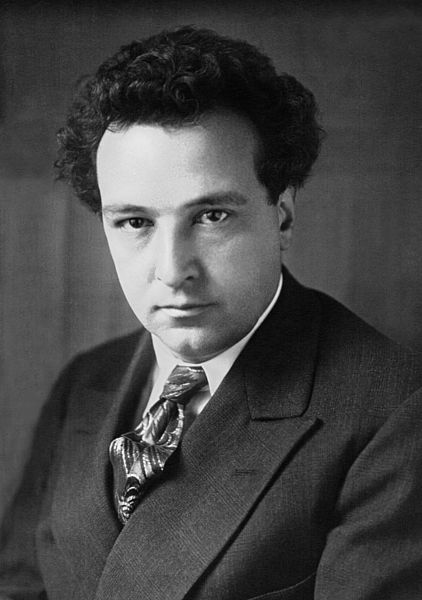Honegger, Pacific 231

The impetuous and relentless energy of Prokofiev’s Precipitato (last week’s selection) seems like a good entrée into what can be called “machine music.” And one of the best examples would be “Pacific 231” composed in 1923 by Arthur Honegger (1892-1955).

Composers have used musical sounds to depict all sorts of extra-musical things in their music: bird calls, battles, thunderstorms, oxcarts, and galloping horses. The industrial age created a new soundscape, so it seems only natural that those sounds would inspire a new musical vocabulary. Industrial sounds are loud and striking. Engines are rhythmic.
Honegger’s Pacific 231 depicting a steam locomotive was originally titled simply Mouvement Symphonique, but upon completion he gave it the more descriptive title. Honegger gave his own description of the work in an interview, part of which was included in the printed score:
I have always loved locomotives passionately. For me they are living beings whom I love as others love women or horses. What I sought to achieve in Pacific 231 was not the imitation of the noises of the locomotive but rather the translation of a visual impression and of the physical enjoyment through a musical construction. It opens with an objective observation, the calm respiration of the machine at rest, the effort of the start, a gradual increase in speed, ultimately attaining the lyrical stage, the pathos of a train 300 tons in weight launched in the dark of night at 120 kilometers an hour. For my subject I selected a locomotive of the Pacific type, bearing the number 231.
The rather clever video reinforces all of the associations of sound and visuals. Perhaps this takes something away from the pure musical experience. On the other hand, the combination of music and images has a powerful effect. And as films scores prove, our ears tend to accept certain dissonances (relatively mild ones in this case) when we have visuals to provide the context. You can make your own comparison by listening once without the video and decide which is more effective.



